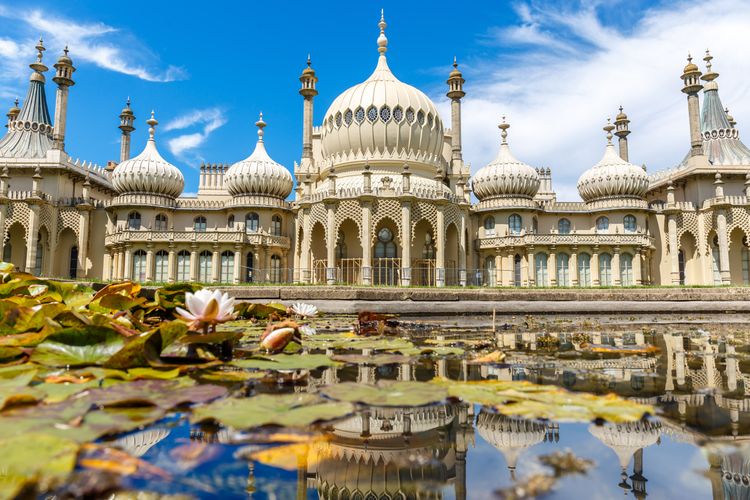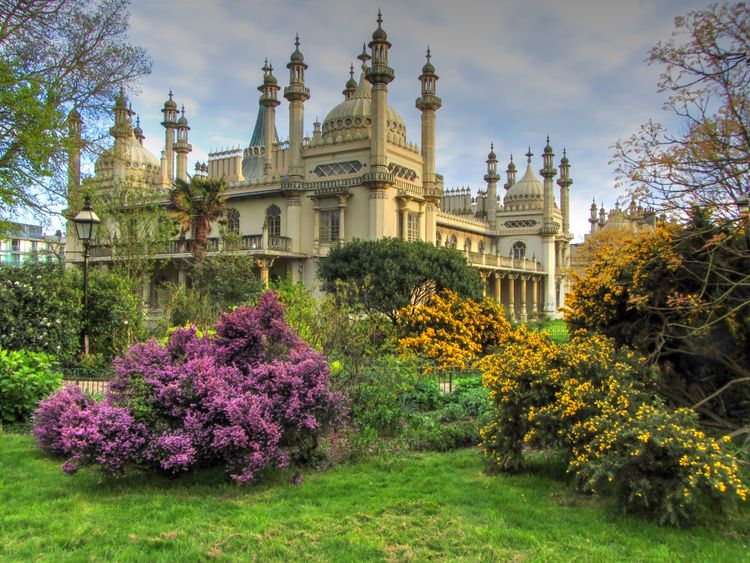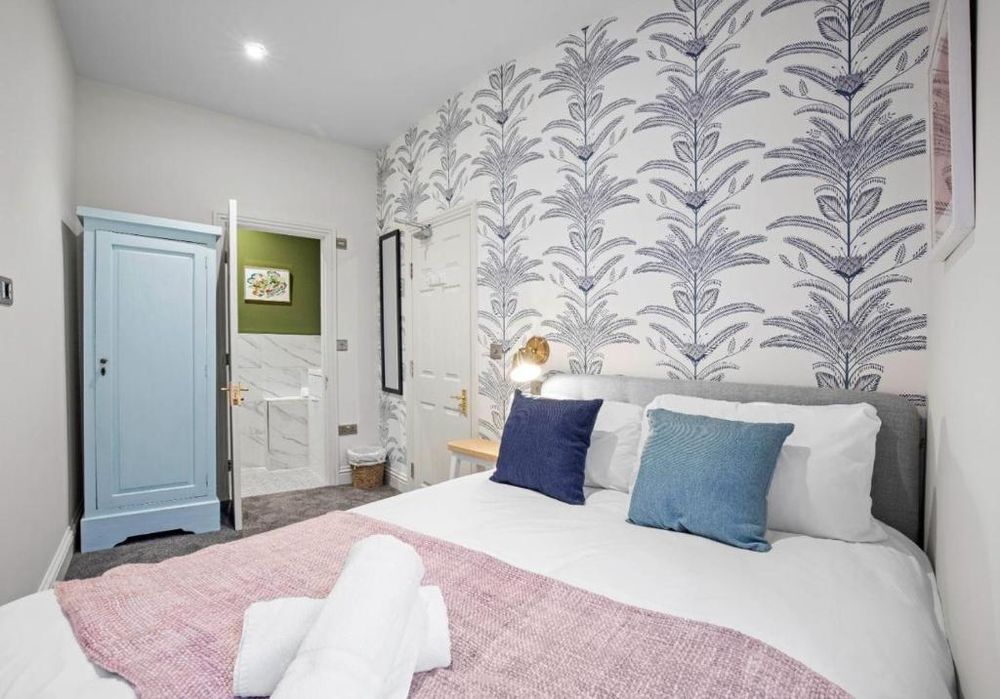In the 1780s, the future King George IV, who was then still the Prince of Wales, visited Brighton and found it to his liking. At the time, the city was rapidly evolving from a small fishing town into a luxurious seaside retreat destination well-liked by London’s elite, due to its convenient proximity to the capital. The prince had been advised by his physician that his health would greatly benefit from the sea air, advice which was rather en vogue at the time.
The prince really took a liking to the city which became an escape from court life in London and in 1787, the prince had his more “modest” lodgings transformed by architect Henry Holland into a villa which became known as the Marine Pavilion. The newly-constructed villa would reflect the prince’s extravagant and flamboyant taste and interest in the lavish decor reflecting his impression of “the Orient”. Colonial fascination took Georgian and Regency society by storm, eventually leading to aesthetic projects to take on a conflation of what elites understood as the imagined “Orient”, mixing south Asian and East Asian architecture and decoration styles. This is precisely what ended up happening with the Royal Pavilion in Brighton which features an Indo-Islamic exterior and a more Chinese interior.
The Pavilion remained the royal residence in Brighton until it was sold to the town by Queen Victoria in 1850 who disliked spending time there. In 1860, the stables were turned into a concert hall, the Brighton Dome.
During the First World War, the Pavilion was transformed into a military hospital in which over 2,300 men were treated throughout the course of the war.










